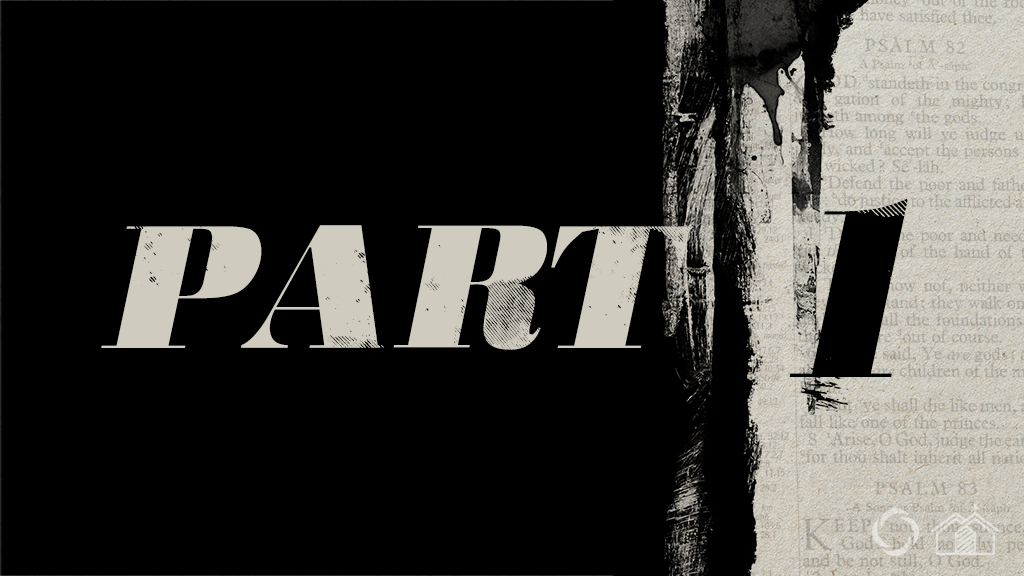This is the first blog in the three part series The Word.
I meet tens of thousands of people a year at different events. Most of them are Catholic Christians who want to start reading the Bible but don’t know where to start.
So if you’ve ever wanted to go deeper into God’s Word but haven’t known how to approach it, allow me to suggest a few tips (so you can learn from my mistakes).
Like anything else, if you want to build something … in this case, your knowledge and love for the Scriptures … you don’t just grab a hammer and some nails and start pounding. To ensure that you don’t just jump in and then quit out of frustration or confusion, there are certain things you can do to be more successful.
We’ll attack this on three levels … the tools, the blueprint and the construction. These three levels will be broken into a series of three blog posts. By the end you’ll have ten total steps to help you build a biblical fortress able to resist anything the devil can throw at you.
THE TOOLS
Let’s start with three things you should do before you start studying.
- Pick a time, but not just any time. Commit to a daily time that you’ll open God’s Word but be sure it’s an intelligent time. If you’re really tired, for example, than reading the Bible once you’re in bed probably isn’t the best time. Pick a time when you’re totally awake so you can give your full attention.
- Pick a Bible that you can understand. Get yourself a good Catholic Bible (that way you have all 73 books), but if you don’t have one right now, that shouldn’t keep you from reading. The best translation today is the one that you already have. It’s important that your Bible is comfortable to read, light enough to take with you, durable enough to really use, and inexpensive enough that you don’t feel bad writing or marking in it. If you haven’t seen it … I highly recommend the Revised Standard Version – Catholic Edition for personal study, it’s great. You might also want to have a copy of the New American Bible, which is the translation we hear at daily Mass and on Sundays (NAB). Just remember, your Bible is like a telescope – it’s not meant to be looked at but, rather, looked through.
- Have other books that help you understand the BOOK. There are some great resources out there designed to help you understand the Bible better. There’s a myriad of solid Catholic ancillary materials and resources to help you – like those available through Ascension Press and from other fine Catholic publishers. It’s also great to have The Catechism of the Catholic Church handy, so you can use it as you study.
Click here to read the next blog in this series.
